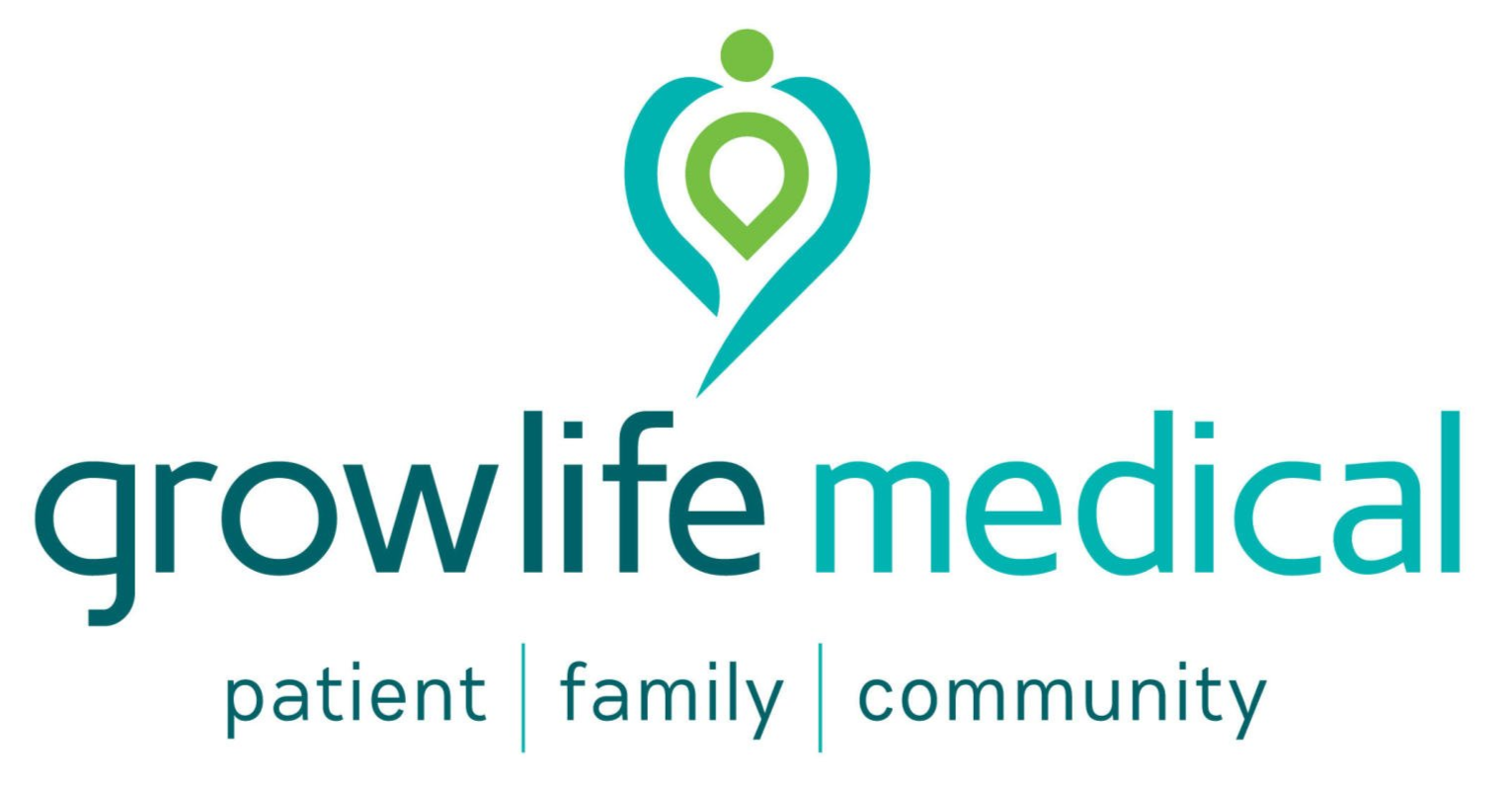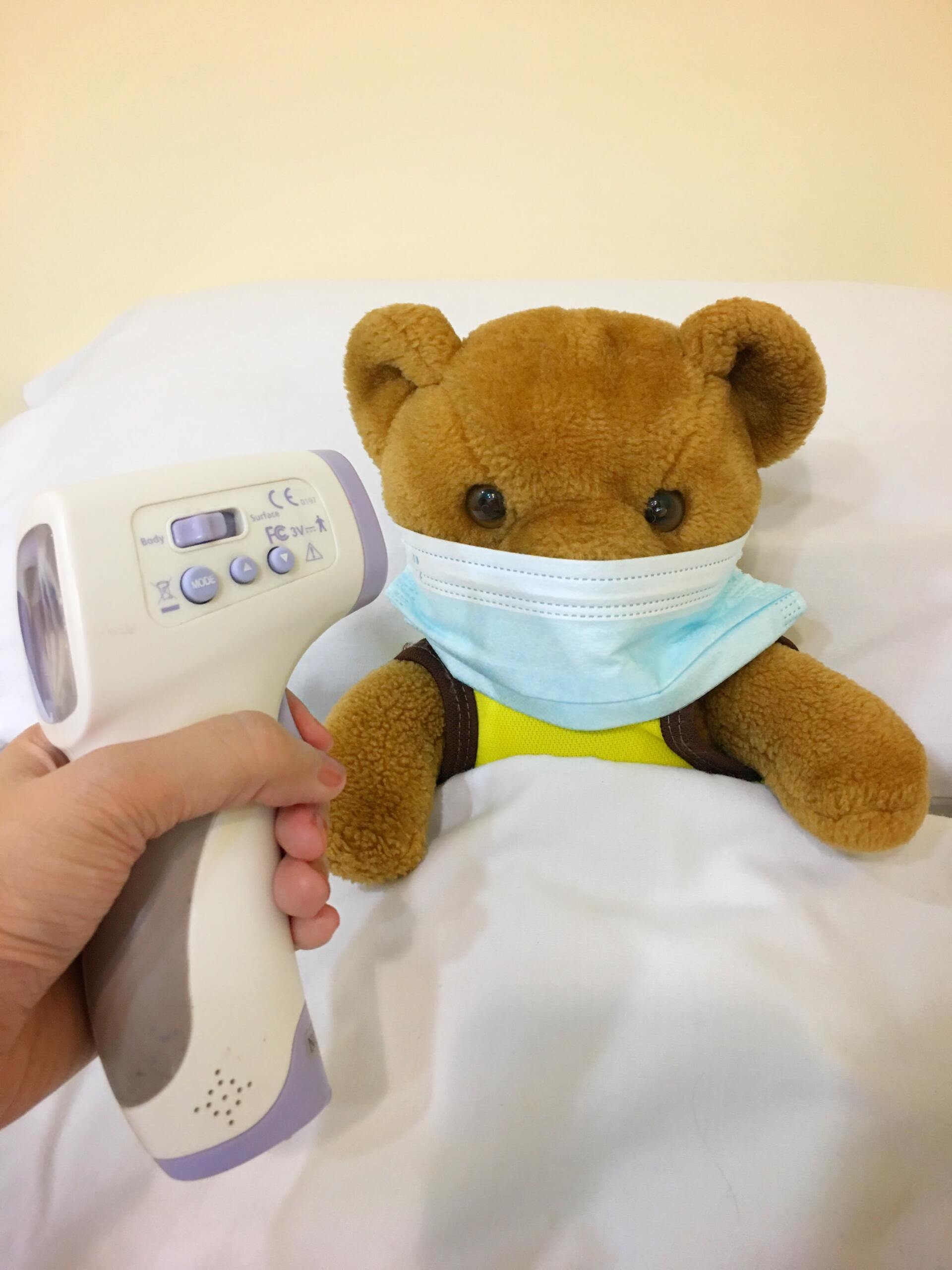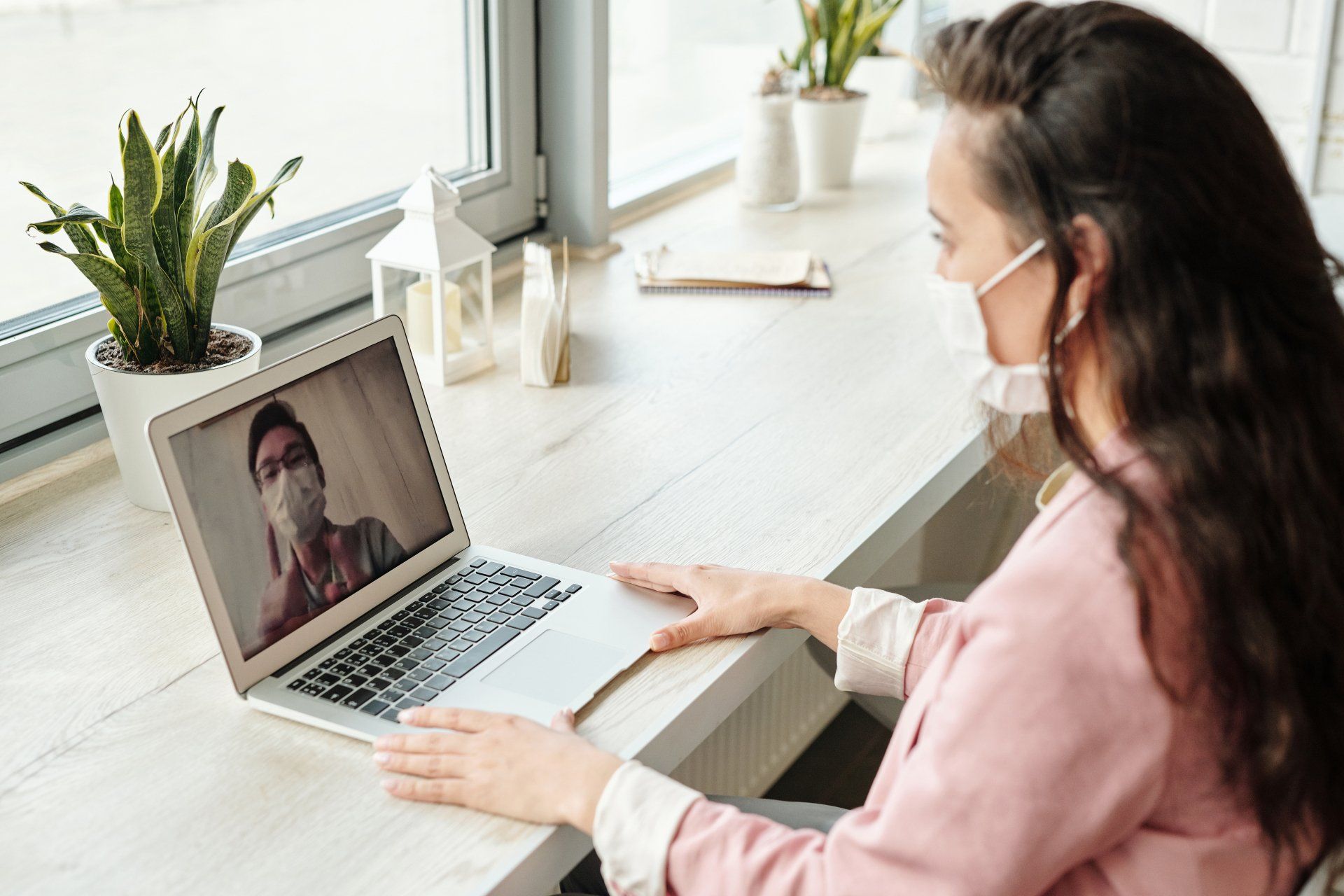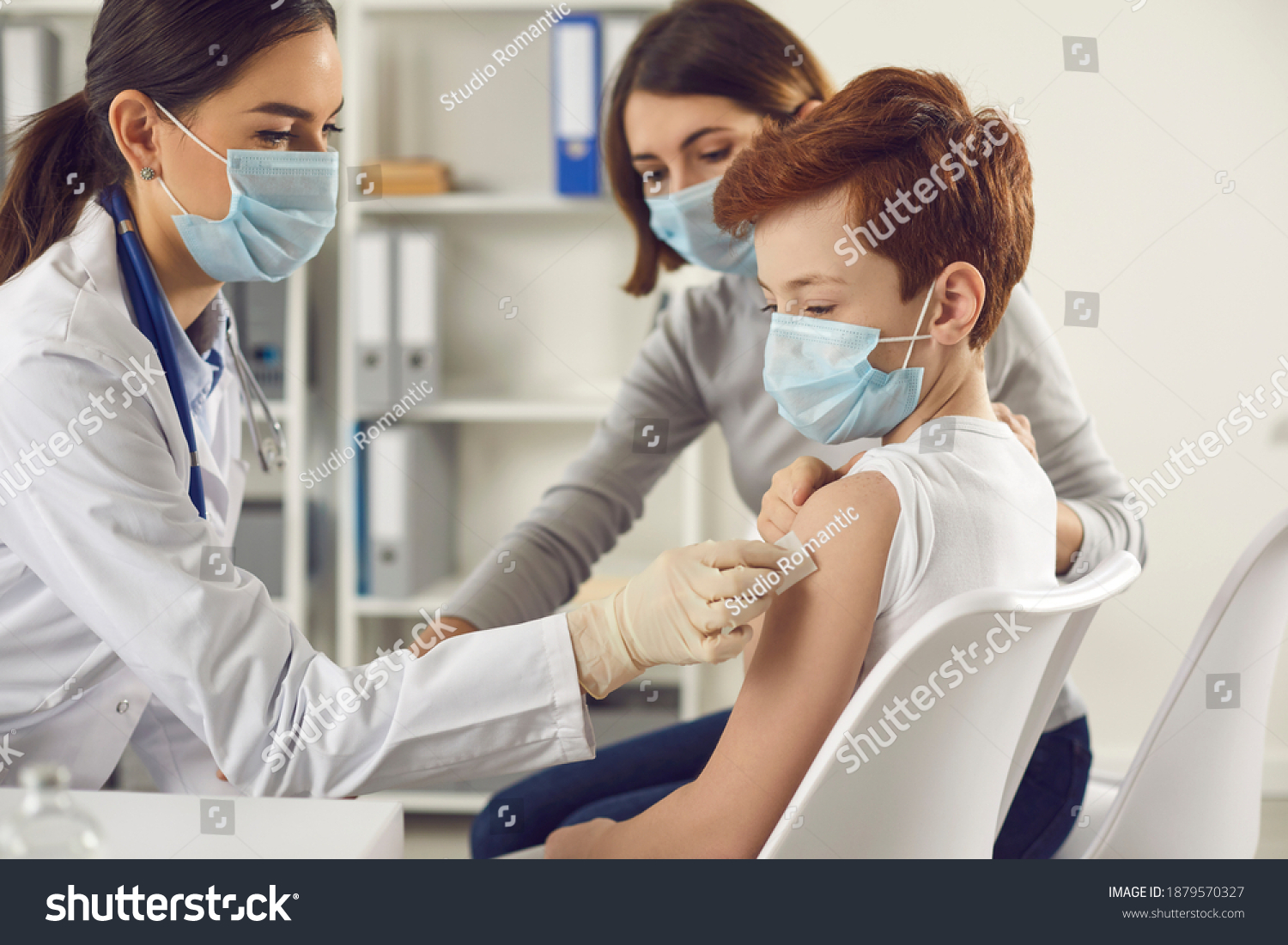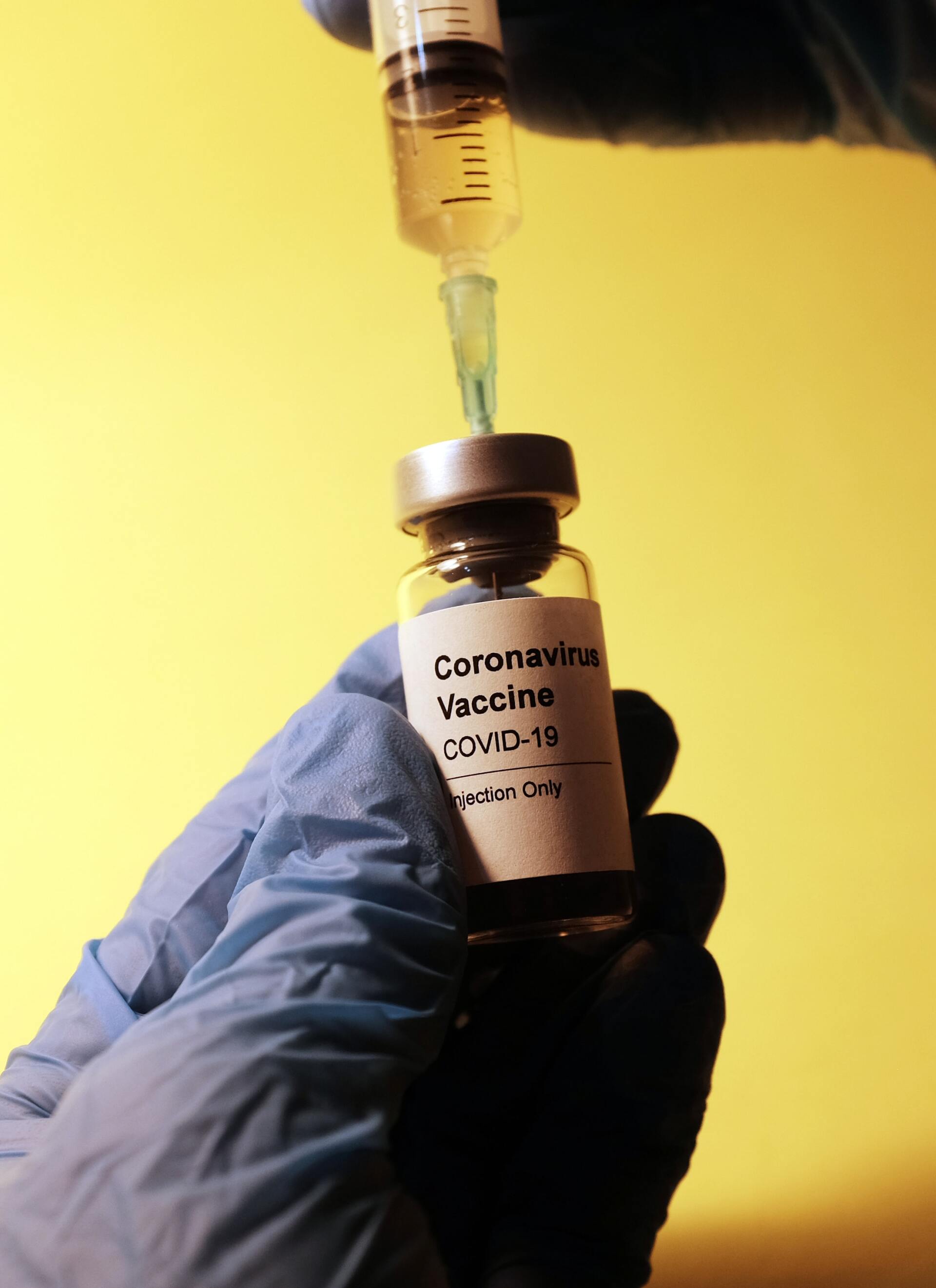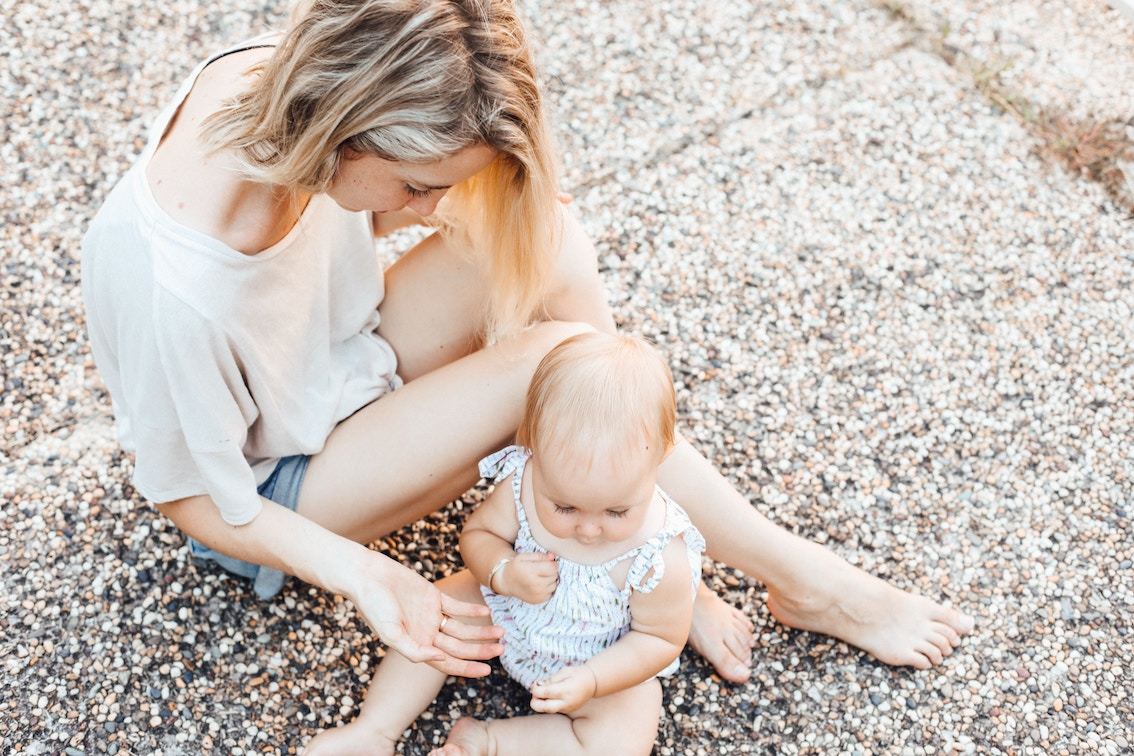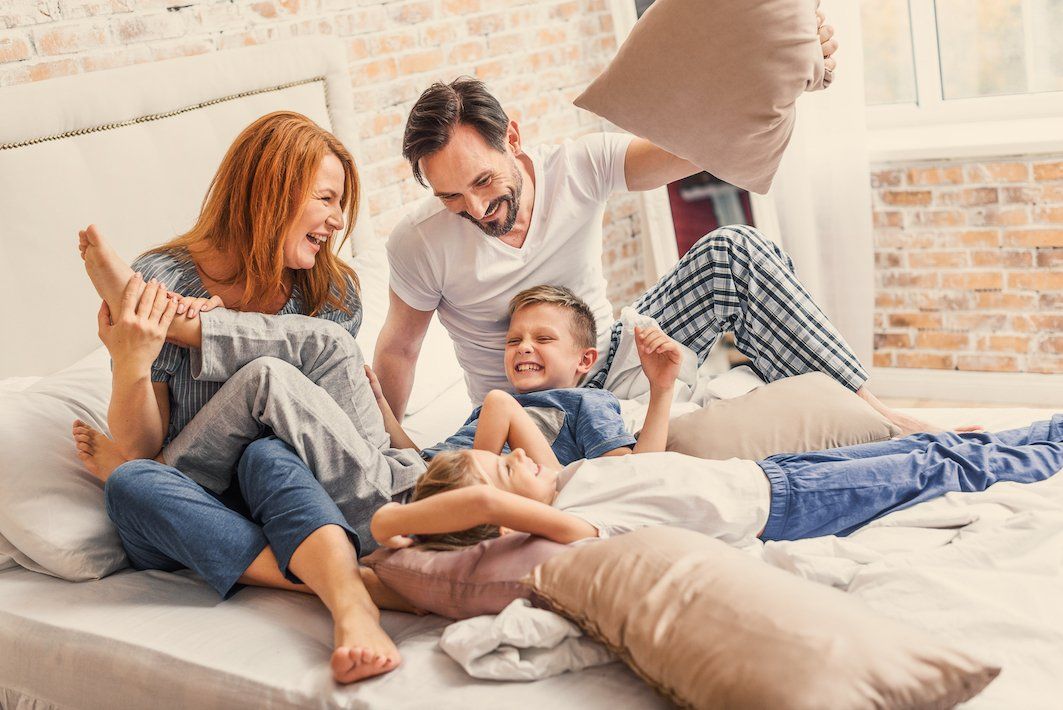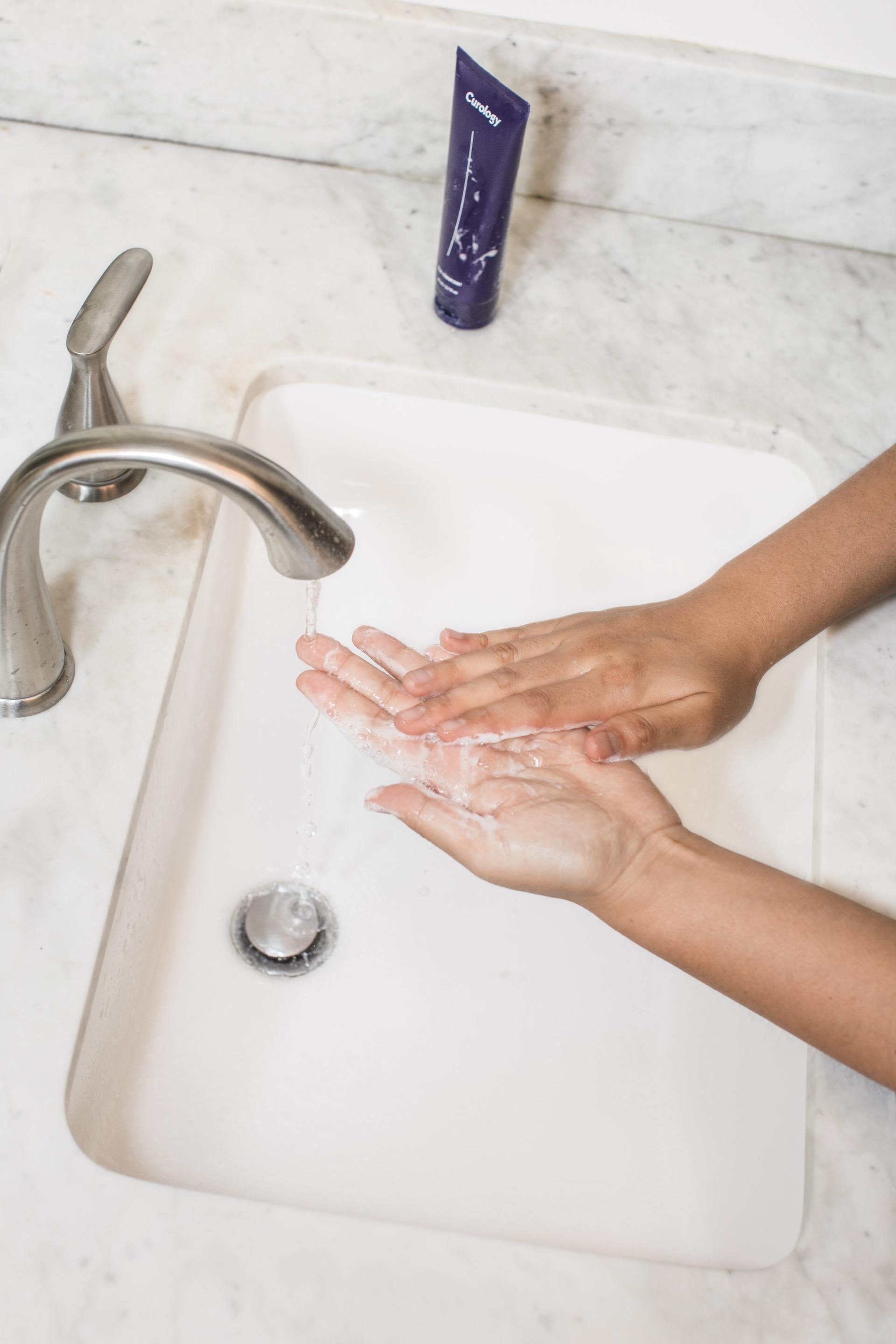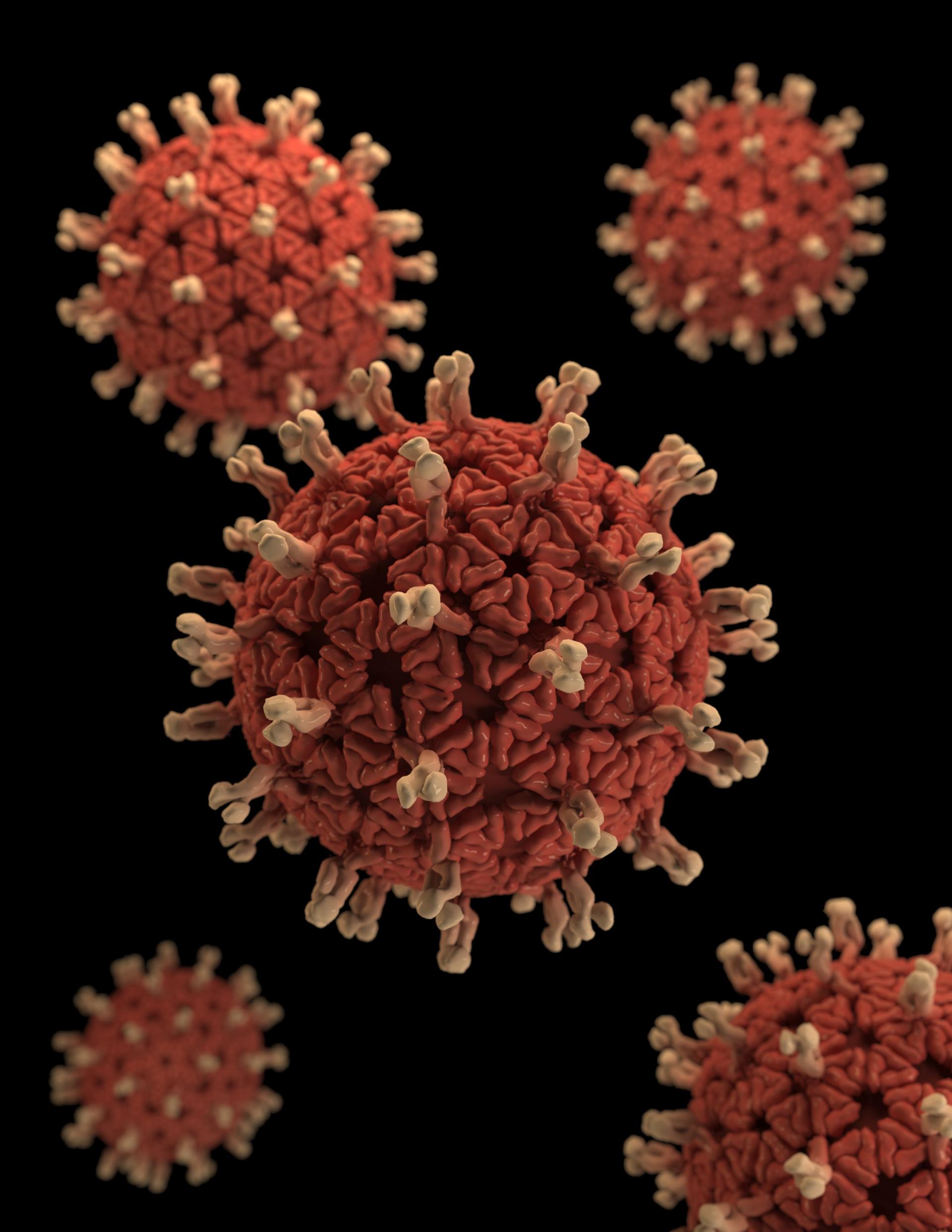Why Sick Kids Need a GP not Emergency
Right now, we are seeing a strange trend. Emergency Departments are overwhelmed with unprecedented high demand. But mostly for minor illnesses. At the same time, GPs are wondering where all the sick kids have gone? Our Emergency colleagues are really happy to help you where your child has an urgent problem or is seriously unwell. But they are struggling to keep up due to the numbers of people presenting with coughs and colds.
Dr Emma Scriven discusses her experience as a parent, and how you can have more convenient, safe care, in a setting where you're not surrounded by dozens of people with infectious illnesses.
Things have changed a bit during COVID, but at Growlife Medical , we are still here for you.
Help! My Child is Sick With Fever or Cough
When you have a sick child it’s natural to be worried. You want to make sure they are comfortable and ensure they are getting all the care and treatment they need. In pre-covid times this would often mean a visit to your GP.
Unfortunately covid restrictions means “visiting” a GP when you or your child is unwell may not be possible in the traditional sense. Most clinics are offering telehealth consultations in the first instance to anyone with fever or cold of flu symptoms. But is this really safe and helpful? Emergency departments are currently overwhelmed by an increasing number of patients presenting with minor illnesses wanting to be seen face to face. This suggests perhaps parents feel uncertain about trusting telehealth assessments.
As both a parent and GP I have had the opportunity to experience the telehealth consult from both sides. And I agree as either a parent / patient or doctor it just isn’t the same as sitting in the same room face to face. But there are significant advantages to telehealth for all. It allows you the opportunity to see your regular, trusted doctor who knows you and your history. It keeps doctors and clinic staff healthy and available to continue to provide all type of care in these strange times. And it means that if you do need to come into the clinic, you can feel safe and reassured that you will not be exposed to illness.
But is a telehealth consultation actually helpful? How do you manage without looking in ears and listening to the chest?
When I see a unwell child the first thing I ask is about the history. When did they first become unwell? What were the symptoms? How have they changed since then? I also ask about general behaviour. Are they happy and playful? Tired and lethargic? Are they eating and drinking? Having wet and dirty nappies? All of this is easily achievable with telehealth.
Next, I always consider context. This is one of the great advantages to seeing your regular GP. It’s helpful if I know you and your child well. I’ll be aware that they ended up in hospital twice with croup last winter, or that all their older siblings have severe asthma. I will also usually know if there is hand, foot and mouth in the local daycare or gastro going around the primary school.
And then we come to the sticking point - examination. How do I do that via telehealth? We are very fortunate at Growlife to have access to video software for our consultations. It means I can actually see you and your child. I can observe their general behaviour. I can see if they look pale or flushed and have a good look at any rashes. Most parents have a thermometer and can check the child’s temperature. While I can’t listen to a chest, I can get you to lift your child’s shirt so I can watch their breathing, count their respiratory rate, and check for signs that they are working hard to breathe. I can also listen to their cough. I’ve not discovered a way to look into ears but with a cooperative child, a bright torch and well placed phone camera I have managed to look into quite a few throats.
At the end of all this I might not have the answer, but I do have a lot of information. Information that helps me recommend the next steps in management.
